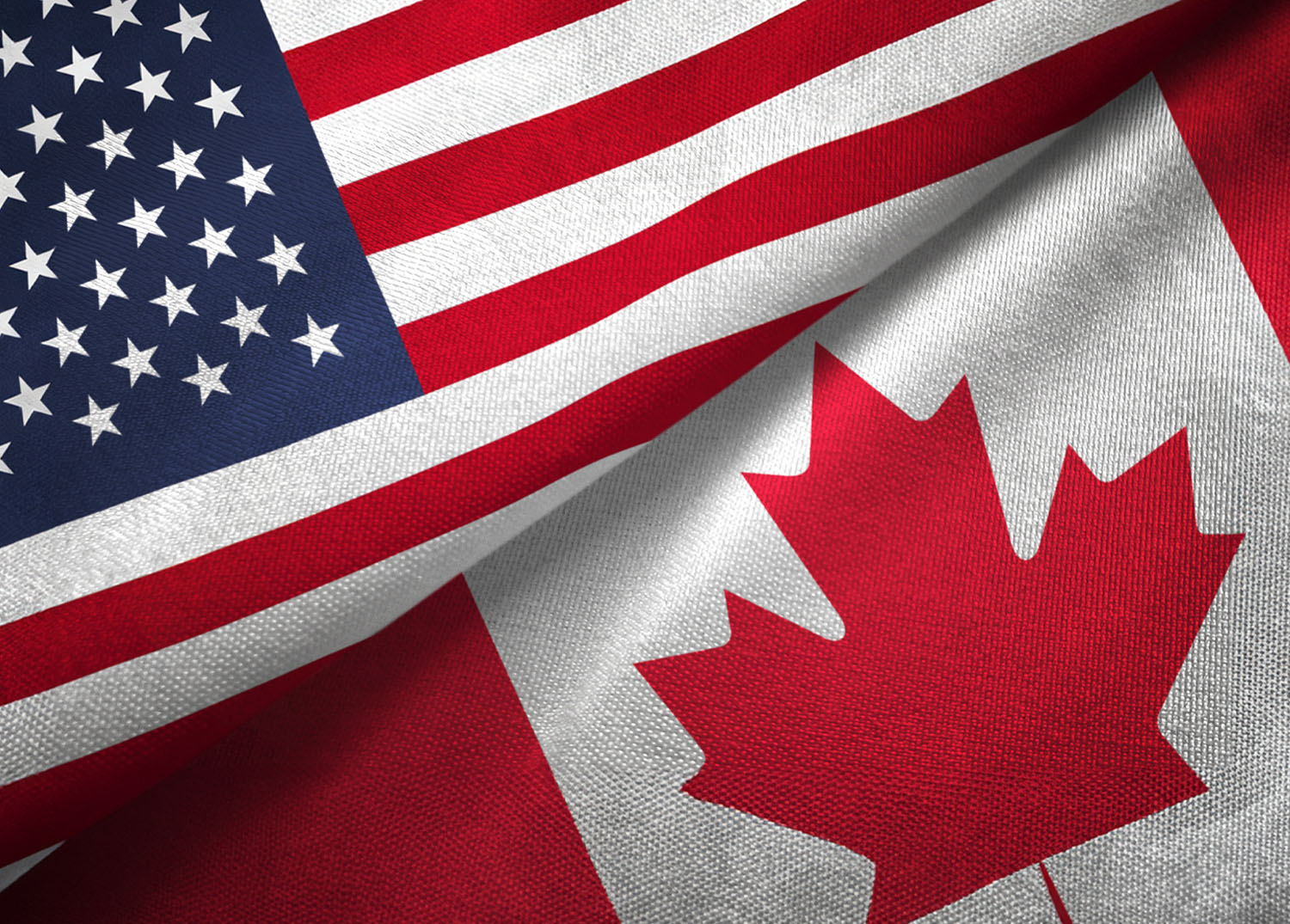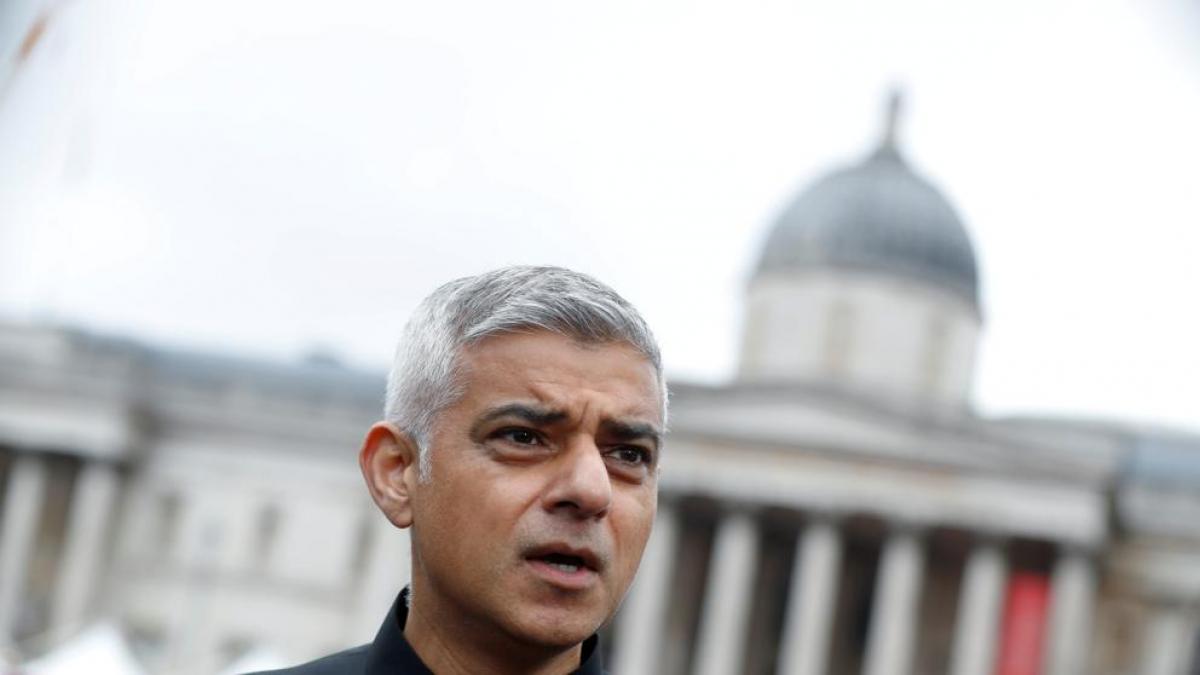Trump's 10% Tariff Threat: Conditions And Exceptions

Table of Contents
The Genesis of the 10% Tariff Threat
The Trump administration's 10% tariff threat emerged from a confluence of political and economic factors, primarily driven by the "America First" policy and a series of escalating trade disputes. The administration aimed to renegotiate existing trade agreements, arguing that they were unfair to American businesses and workers. This protectionist stance led to the imposition of tariffs on various goods imported into the United States.
- Key trade partners targeted: China, the European Union, Mexico, and Canada were among the key targets of these tariffs. The specific goods targeted varied depending on the ongoing trade disputes.
- Stated goals: The stated goals included protecting domestic industries, particularly steel and aluminum, creating American jobs, and forcing better trade deals with other countries. The underlying principle was to reduce the US trade deficit.
- Initial reactions: The initial reactions were largely negative, with affected countries and businesses expressing concerns about increased prices, reduced competitiveness, and potential retaliatory measures. Many predicted significant economic disruption.
Conditions for Imposition of the 10% Tariff
The criteria used to determine which goods were subject to the 10% tariff were multifaceted, often involving national security concerns and claims of unfair trade practices. The administration invoked various legal authorities, including Section 301 of the Trade Act of 1974, to justify its actions.
- Examples of affected goods: The tariffs affected a broad range of goods, including steel, aluminum, various consumer goods from China, and agricultural products. Specific product categories were identified based on the ongoing trade investigations.
- Process of identification and classification: The process involved detailed investigations by the U.S. Trade Representative (USTR), evaluating evidence of unfair trade practices, such as dumping (selling goods below market value) and subsidies. The USTR's findings provided the basis for the tariff imposition.
- Legal framework: The legal framework primarily relied on existing trade laws and the administration's interpretation of national security concerns, often facing legal challenges and debate regarding the application and interpretation of these laws.
Exceptions and Exemptions from the 10% Tariff
Businesses could seek exemptions from the 10% tariff through a formal application process with the USTR. Exemptions were granted on a case-by-case basis, considering factors such as national security implications and economic hardship.
- Examples of successful exemptions: Some companies successfully secured exemptions by demonstrating that they relied on specific imported goods that were not readily available domestically, or that the tariffs would cause undue economic hardship. The approval of exemptions often depended on the specific circumstances and evidence presented.
- Number of exemption requests and approval rate: A significant number of exemption requests were filed, but the approval rate varied, and the process itself was often criticized for its complexity and lack of transparency.
- Impact on affected industries: The exemption process significantly impacted affected industries, creating uncertainty and potentially shifting the competitive landscape for businesses involved in international trade.
The Role of Section 301 Investigations
Section 301 of the Trade Act of 1974 played a central role in justifying the imposition of the 10% tariff. This section allows the USTR to investigate unfair trade practices by foreign countries and take retaliatory measures, including tariffs.
- Examples of Section 301 investigations: Several Section 301 investigations, particularly focusing on China's intellectual property practices and technology transfer policies, directly led to the imposition of tariffs.
- Legal challenges: The use of Section 301 faced legal challenges, with arguments centered around the interpretation of "unfair trade practices" and the potential for abuse of the law's provisions. The legality and effectiveness of these investigations remain a topic of ongoing debate.
Long-Term Impacts and Economic Consequences
The 10% tariff threat had significant long-term impacts on the US and global economy. The consequences extended beyond immediate price increases and affected consumer spending, business investment, and international trade relations.
- Statistical data: While quantifying the precise impact remains complex, various studies showed increased consumer prices, decreased business investment in certain sectors, and shifts in global supply chains.
- Changes in trade patterns: The tariffs led to changes in trade patterns, with some businesses relocating production or sourcing goods from alternative countries to avoid tariff payments.
- Effectiveness of the tariff policy: The overall effectiveness of the tariff policy in achieving its stated goals remains a subject of debate, with arguments both for and against its success.
Conclusion
Trump's 10% tariff threat presented a complex and far-reaching trade policy with significant consequences. Understanding the specific conditions for imposition, the criteria for exemptions, and the role of Section 301 investigations is vital for navigating the intricacies of international trade. The long-term economic impacts highlight the need for careful consideration of trade policy and its potential ramifications. Navigating the intricate landscape of international trade, especially concerning tariffs, requires expert guidance. Learn more about mitigating the risks associated with Trump's 10% tariff threat and similar trade policies by [link to relevant resource, e.g., consulting services, legal advice]. Understanding the conditions and exceptions surrounding tariffs is crucial for effective international trade strategy.

Featured Posts
-
 Netherlands Addresses Asylum Challenges New Detention And Area Ban Policies
May 11, 2025
Netherlands Addresses Asylum Challenges New Detention And Area Ban Policies
May 11, 2025 -
 Blue Origin Launch Abort Details On The Vehicle Subsystem Issue
May 11, 2025
Blue Origin Launch Abort Details On The Vehicle Subsystem Issue
May 11, 2025 -
 Le Depart De Thomas Mueller Du Bayern Munich Un Chapitre Se Ferme
May 11, 2025
Le Depart De Thomas Mueller Du Bayern Munich Un Chapitre Se Ferme
May 11, 2025 -
 Who Inspired Gatsby Exploring The Real Men Behind The Fictional Icon
May 11, 2025
Who Inspired Gatsby Exploring The Real Men Behind The Fictional Icon
May 11, 2025 -
 Boris Johnson Ataque De Avestruz Durante Visita Familiar En Texas
May 11, 2025
Boris Johnson Ataque De Avestruz Durante Visita Familiar En Texas
May 11, 2025
